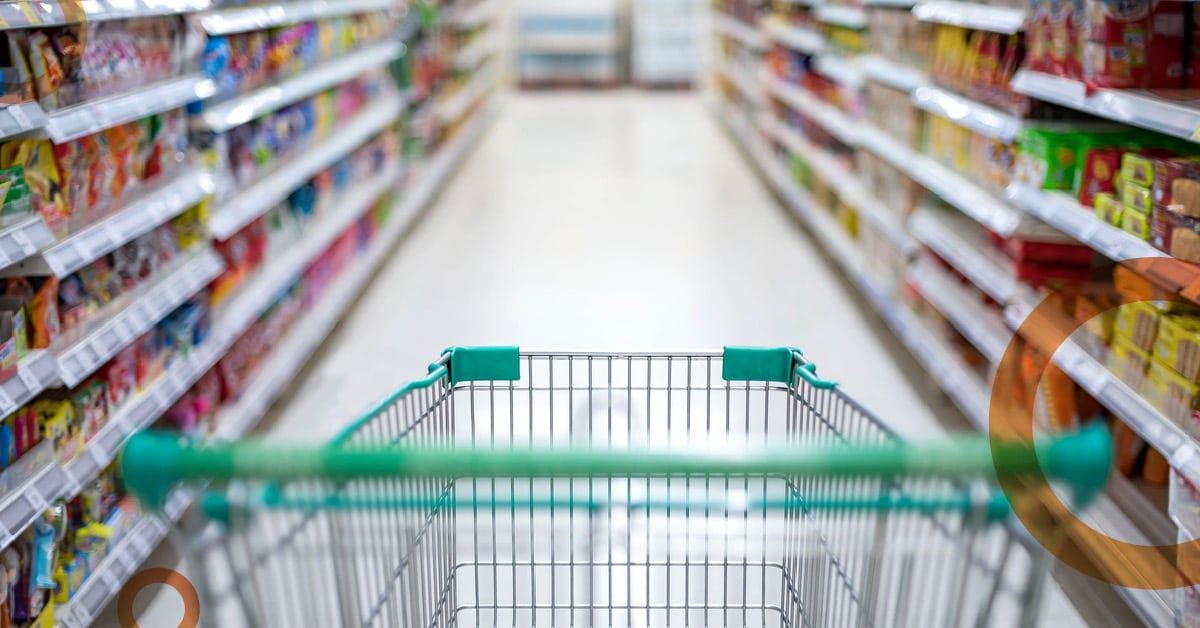A modern retail business deals with more moving parts than traditional brick-and-mortar stores. You might serve customers in a physical store, but they also interact with your brands and products throughout the day. Social influencers promote products during your customers’ personal time, which leads to research during the day, with a final online purchase potentially made in the evening.
With your customers moving between different touchpoints, you need a strategy that unifies your content in one platform and enables you to meet your customers where they are. Today’s content orchestration platforms allow you to sustain omnichannel content for your retail business.
What is omnichannel content in retail?
Omnichannel content describes a strategy where the customer experience remains consistent, whether they shop online, in-store or via social media. It supports content on all platforms and devices and alters the content to suit the channel.
What does this look like in practice?
Your customer might see a product ad on your Instagram page. The product image and details they see are consistent with the details on your website, so that there is no confusion about whether they are viewing the right product. However, it is not enough to use images with the exact dimensions and copy across all platforms. You must curate your content to suit the channel, audience, and touchpoint device.
For example, you may have triggered their interest using Instagram via an influencer on the way to work, but when they are researching, more information such as sustainability, supply chain and technical information might be required. Later they might transact on an app, so weight, dimensions and shipping information is pertinent to be displayed, as well as easy to navigate references to other information to secure the transaction. However if they see the same product ad via a marketplace or another social platform, the image and copy will have changed to suit the context of that specific platform or post.
All these nuances require a product content strategy and a technical platform to ideate, manage and orchestrate this content in one place connected via integration to the delivery platforms.
Why does your retail brand need omnichannel content?
Content consistency: Omnichannel content in retail supports content consistency across channels by enabling you to reuse the same product assets for different campaigns. It creates a unified customer experience across all touchpoints and ensures that customers receive the same branding message, no matter which platform they use to shop.
Personalise customer experiences: Omnichannel content orchestration enables you to personalise customer experiences by allowing you to align campaigns with customer behaviour and preferences. Content creators can make various assets for the same campaign that target different audiences or customer types.
Context: The copy and images leveraged must suit the channel. This is not to be confused with personalisation, as the context focuses on the platform and device constraints.
Increase sales: The above points can boost customer loyalty, which boosts return business and your sales. Also, when customers have access to the most up-to-date information and can find what they need faster, they will likely choose your brand over one that lacks content consistency.
Content orchestration for your omnichannel retail strategy
A content orchestration system is critical to any organisation's omnichannel retail strategy. A content orchestration platform allows you to curate, manage and distribute content across all channels, including websites, apps, social media, and in-store displays. It stores content at a modular level with structure and metadata that distributes content to downstream systems based on rules and channel-specific criteria.
Part of a content orchestration platform is a Digital Asset Management (DAM) system for compiling and coordinating assets across your product range and allowing you to make image variations to suit personalisation. DAM automatically delivers assets to your marketing team to curate in-store displays, catalogues and social media posts. If your supplier updates the look of their product, you will need new assets. DAM makes it easier to find and edit the old assets in bulk, so you only leverage the latest content in-store and online.
A content orchestration system has a content editor module that allows text curation to support the rich assets and suit the respective channels in play. The content is structured, and workflows allow for collaboration, approvals and publishing that content together with the rich assets in the DAM platform. It provides a seamless interface for managing the content (text, images, product data, videos, etc.) across all channels in one place.
In addition to DAM, your content orchestration platform needs to connect with upstream systems like Product Information Management (PIM) or have a native PCM* function. Product descriptions, manufacturers data, technical instructions or parts etc., can be represented accurately in marketing and omnichannel retail experiences.
Product Content Management is a combination of product data, marketing data and technical data and requires a combination of the above disciplines.
Creative Folks enables omnichannel content delivery
At Creative Folks, we specialise in content management systems for omnichannel delivery. We have experience implementing these solutions for Product Content Management for our retail customers, to help them deliver on their strategy with ease.
Creative Folks is a WoodWing Platinum partner and we deeply understand their Studio and Assets platforms. Please view our page on WoodWing Studio and WoodWing Assets for more on how we can meet your marketing and content needs.



 Previous
Previous


